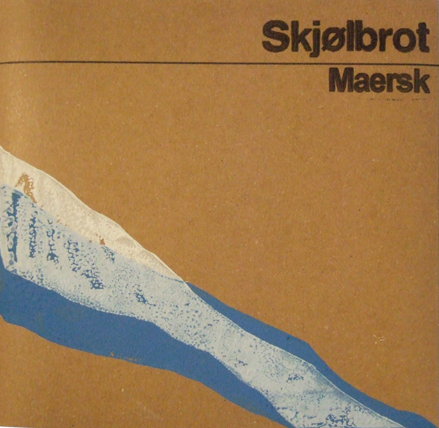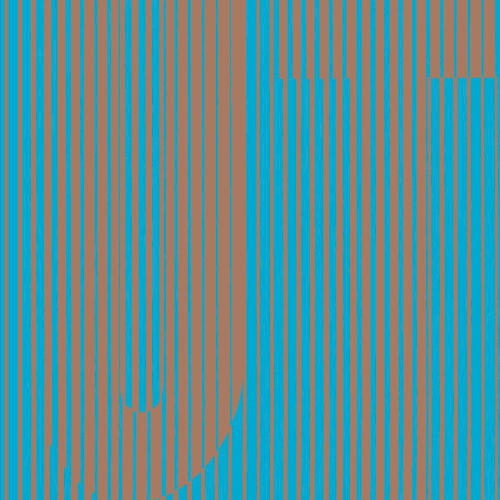 Recording studios are time machines, capable of layering conflicting alternate pasts, warping space into new configurations and building dreamlike gestalts from contrasting times and places. But we could be forgiven for thinking otherwise. Engineers and producers have worked diligently for decades to maintain the illusion they’re releasing records made by pub rock bands performing live together in the same place at the same time (live performance being a rarely questioned benchmark of ‘authenticity’). Outside of experimental music the most anyone usually hears about time and location in the recording process concerns lengthy gestation periods and/or musicians who choose to record in exotic locations, usually in starfucking glossy magazine articles in which both are used to reinforce notions of wealth, celebrity status and the myth of the ‘tortured artistic genius.’
Recording studios are time machines, capable of layering conflicting alternate pasts, warping space into new configurations and building dreamlike gestalts from contrasting times and places. But we could be forgiven for thinking otherwise. Engineers and producers have worked diligently for decades to maintain the illusion they’re releasing records made by pub rock bands performing live together in the same place at the same time (live performance being a rarely questioned benchmark of ‘authenticity’). Outside of experimental music the most anyone usually hears about time and location in the recording process concerns lengthy gestation periods and/or musicians who choose to record in exotic locations, usually in starfucking glossy magazine articles in which both are used to reinforce notions of wealth, celebrity status and the myth of the ‘tortured artistic genius.’
For most recording artists the studio has been reduced to a sterile and controlled environment from which they cherry pick at the chaos and confusion of the real world. Any attempt made to address setting and physical space gets restricted to lip service in post production, whether it’s a field recording to add an easy sense of mise en scene (everyone wants to be considered for soundtrack work) or a generous dollop of reverb (an all too obvious signifier of physical and emotional distance, the dimensions of a recording environment, time passed and memory). Too many musicians use these devices without questioning, leaving them open to reasonable accusations of laziness, thoughtlessness and orthodoxy at one end of the spectrum or appropriation, fetishisation and imperialism at the other.
On Maersk, Skjølbrot‘s Dan Bennett attacks these issues by way of specificity. Rather than dialling in preset ambience he gathers it from specific places and events, making it the structure of the music as opposed to mere post production decoration. The liner notes for the album hint at his sources; “Migrated” makes reference to the “resonance of (the) Bird Market at Place de Parvis in Paris”; “Shipbreaking” lists the “Unimak Pass 08/12/2004, industrial deforestation in Chitagong since 1991 cyclone.” The result is a combination of hazily recalled alternate history, psychogeographical travelogue, an audiophile’s attention to detail and a keen awareness of musical processes. More than anything else it is a work that values the effects that people, events and the passage of time have on our understanding of spaces and locations.
Bennett uses a number of methodologies. On some tracks he repositions field recordings as a score or template over which he adds instrumentation and adornment, before all but deleting the original sonic guideline. On others he captures environmental resonance using a process similar to the manner in which impulse-response reverbs digitally model the reverberation of a physical environment. Conventional recording wisdom attempts objectivity in the modelling process, using multiple mics and carefully controlled conditions to capture an idealised representation of a location, a homogenising methodology that delineates physical space as distinct from its visitors and the kind of events that might take place there. Bennett takes the opposite approach and allows sonic contamination from people, passing cars, wildlife… he extends his frame to include everything that happens in the moment, rather than leaving the world on the cutting room floor. Softly keyed pianos, distant vocals and what sounds like faraway synths seem to have been chosen for how they complement these collected resonances rather than vice versa. Other pieces are altogether more difficult to pin down, a combination of approaches and sounds demonstrating that he is less beholden to his processes than he is to the outcome.
This is arguably Maersk’s greatest achievement: that there is no clear hierarchy of concept, methodology and musical result. It’s impossible to tell which has primacy; impossible to locate the seams between location recording, performance and electronic treatments; impossible to tell foreground from background. Place-memories are superimposed on each other as though evoking dream environments, with multiple locations blurred into a single gestalt. Throughout the Skjølbrot project Bennett is an unreliable narrator, weaving a tale that is somehow both subjective and depersonalised, a confusion of settings with key characters and events omitted or occulted. It is the musical equivalent of a Mike Nelson installation, in which paradoxical clues scattered around uncanny locations encourage a kind of forensic examination, positioning the listener as a Lovecraftian detective attempting to trace the tracks left by someone or something that is at once human and altogether unknowable.
Maersk is available in lovingly handcrafted packaging from the Skjølbrot website.
-Seth Cooke-
Skjølbrot – Rue Victor Masse to Gare d’Austerlitz from Dan Bennett on Vimeo.




2 thoughts on “Skjølbrot – Maersk”
This is now available from the Touch shop:
http://touchshop.org/product_info.php?cPath=93&products_id=429
Maersk is now available on Bang the Bore records:
http://www.bangthebore.org/releases/btb/skjolbrot-maersk